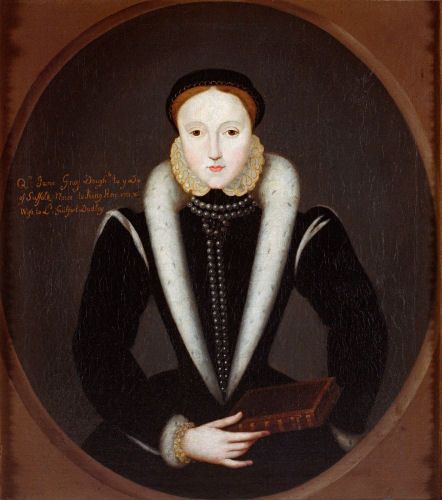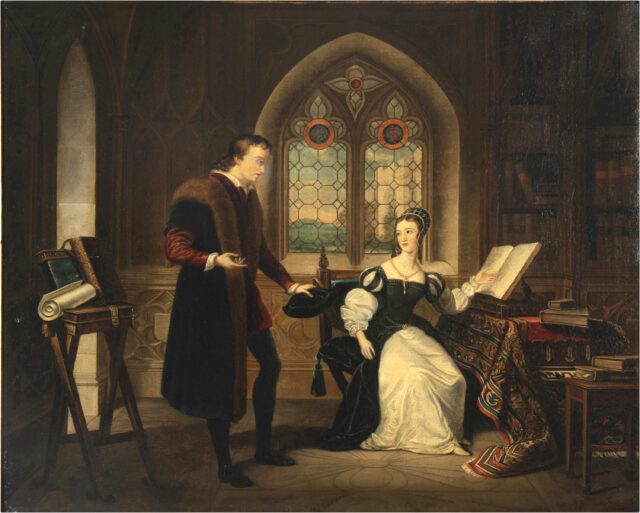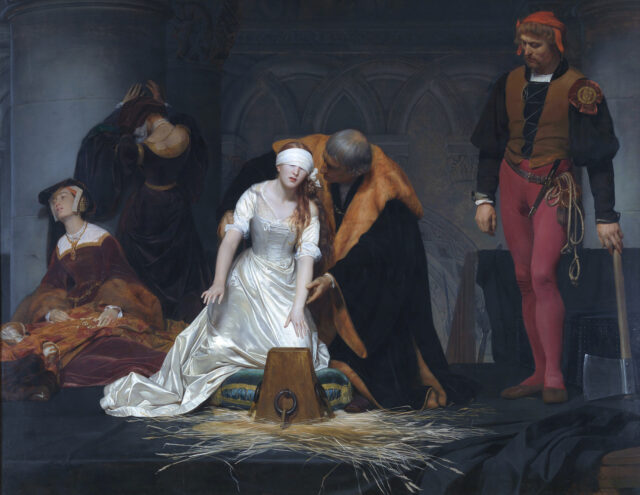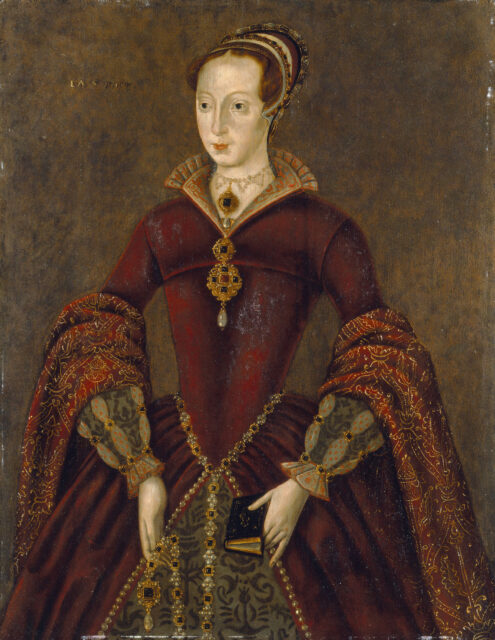In the tapestry of English history, few figures are as compelling and tragic as Lady Jane Grey, known as the “Nine Days’ Queen.” Her story is a riveting tale of innocence entangled in the ruthless machinations of Tudor politics. Born into a noble family, Lady Jane was thrust into the political arena at a tender age, her fate sealed by the ambitions of those around her. Her brief reign, lasting just over a week, remains one of the most poignant episodes in English history, highlighting the volatility of the throne and the dangers of being too close to power.
Lady Jane Grey was born into nobility

Born into a world of privilege and political intrigue, Lady Jane Grey’s early years were marked by her noble heritage. As the great-granddaughter of Henry VII, she was thrust into the complex web of Tudor succession politics from a young age. Her parents, Henry Grey, Duke of Suffolk, and Frances Brandon, made sure that Jane received an education that was exceptional for girls at the time, focusing on classical languages and the humanist ideals of the Renaissance. This rigorous intellectual upbringing would shape Jane’s character, establishing in her a sense of duty and a love for scholarship that was rare among nobility in the 16th century.
From her earliest days, it was clear that Jane was no ordinary child. Her precocious intellect and the purity of her Protestant faith set her apart in a court where religious and political allegiances were in constant flux. Despite the privileges of her birth, Jane’s life was not without its challenges. The expectations placed upon her as a member of the Tudor dynasty were immense, and her parents’ ambitions would eventually lead her down a path fraught with danger. Yet, in her brief life, Jane’s resilience and strength of character left a lasting impression on those who knew her and on the history of England itself.
Her ascension to the throne as a pawn in political machinations

In July 1553, the brief reign of Lady Jane Grey as the Queen of England began. Her ascension was the result of intricate political schemes orchestrated by powerful figures who saw her as a malleable candidate for the throne. Jane, a great-granddaughter of Henry VII and thus a cousin to Edward VI, was named his successor on his deathbed, bypassing Mary and Elizabeth due to their Catholic affiliations, which were seen as a threat to the Protestant establishment. This decision was heavily influenced by John Dudley, Duke of Northumberland, who was keen on maintaining Protestant power and saw marrying his son to Jane as a means to secure his political influence.
However, Jane’s time as queen was fleeting, lasting only nine days before Mary I’s supporters rallied, deposing her and ultimately leading to her imprisonment. Jane’s role as queen was more titular than practical, with real power resting in the hands of those who had placed her on the throne. Her story is a tragic illustration of a young woman caught in the crossfire of political ambition. She left an indelible mark on English history, highlighting the brutal nature of Tudor’s power struggles and the vulnerability of those caught within them.
The tragic end of Lady Jane Grey

After Edward VI’s death in 1553, her claim to the throne, orchestrated by power-hungry nobles, placed her at the center of a political maelstrom. Despite her intelligence and potential as a ruler, Jane’s reign was cut short by Mary I’s successful claim to the throne, leading to Jane’s imprisonment. Her downfall was not due to her own actions but rather the actions of those around her, highlighting the perilous nature of Tudor politics.
The final chapter in Jane’s life was marked by her execution at the Tower of London in 1554. At just 17 years old, she faced her fate with a dignity that belied her years, becoming a symbol of innocence wronged by the ambition of others. Her brief time as queen and subsequent tragic end have cemented Lady Jane Grey’s place in history as a figure of enduring fascination.
Remembering the forgotten queen

Lady Jane Grey’s brief reign may have lasted only nine days, but her impact on English history and culture is undeniable. Her legacy is not just one of a tragic figure; it also serves as a fascinating case study of the complexities of succession, the religious turmoil of the period, and the role of women in a male-dominated society.
More from us: The Italian Princess Who Was Sent to Buchenwald for Going Against the German Regime
Over the centuries, Lady Jane Grey has been remembered in various ways – through books, plays, and even operas that seek to explore her life and the circumstances leading to her untimely demise. This cultural remembrance has played a crucial role in ensuring that her story is not forgotten. Her life, characterized by both its brevity and the tragedy that befell her, continues to fascinate historians and casual observers alike.
